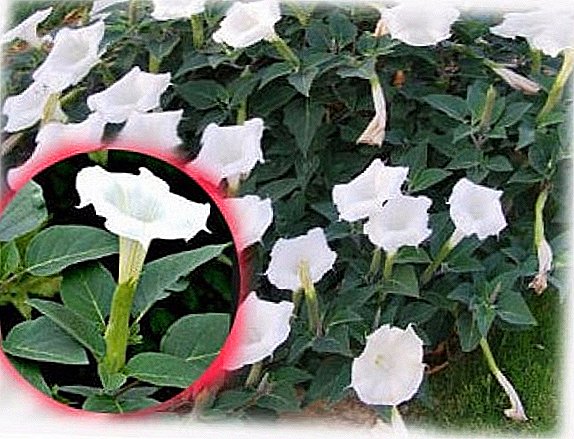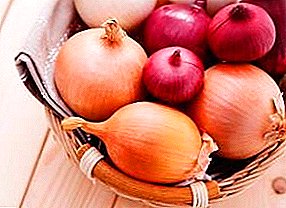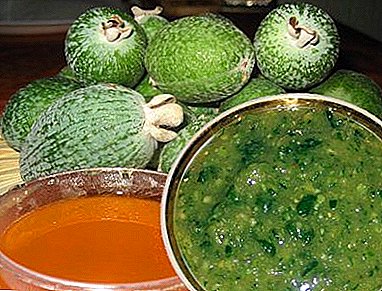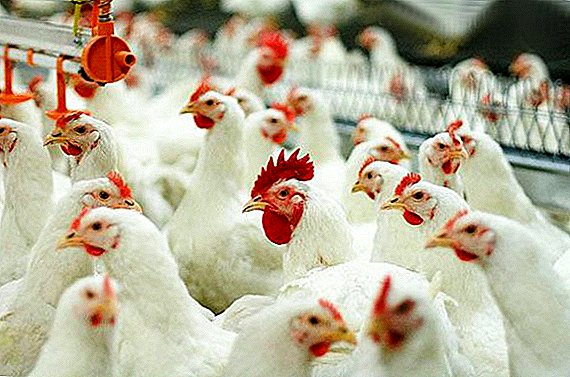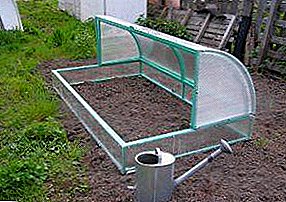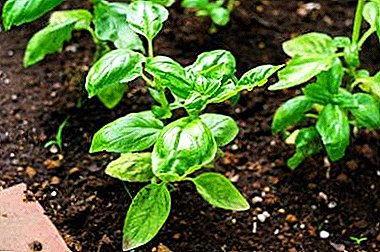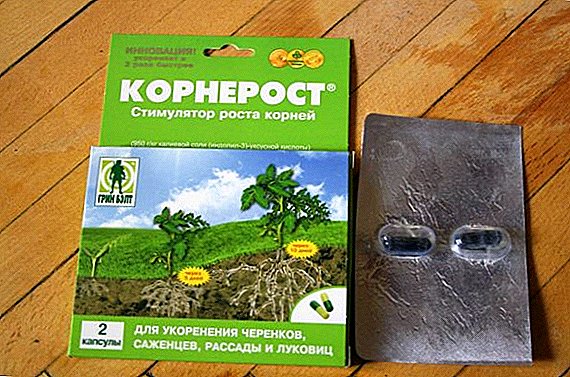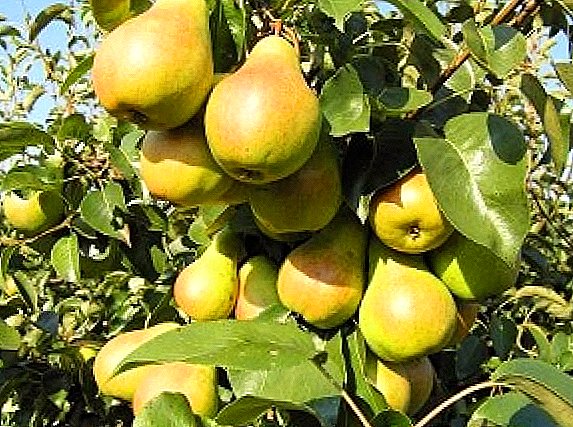Pear Lada

Everyone is looking forward to spring, summer, to enjoy not only the warmth and fine days, but also to feast on the gifts of nature. Of course, everyone wants to quickly taste the favorite type of fruit and professional gardeners, and amateur gardeners tend to get an early harvest.
It was with such a purpose that the Lada pear variety appeared not so long ago. Employees of the Agricultural Academy in Moscow bred this variety by crossing the varieties of "Forest Beauty" and "Olga." The tree will successfully grow even in conditions of cloudiness, and will delight the owner with wonderful sweet-sour fruits.
Description varieties pear Lada
Fruit Lada pears grow of medium size with a smooth, thin skin, their shape resembles an egg. Ripe pear weight in the range of 100-110 grams.
It is also interesting to read about late varieties of pears.
The surface of the fetus is light yellow in color with a sometimes-occurring light red side. The pear stem is short and not very thick; there are no funnels, like in some other species. The cup of the fruit is open, and the saucer is small, narrow and hilly. The tube under the cup is medium sized.

The pear has an average axial cavity. The core is oval in shape, weakly expressed, contains less than five seeds. The flesh is yellowish-white in color, has medium juiciness, medium density, fine-grained. Taste is sweet-sour, not bright-pronounced aroma. The fruits have an attractive appearance.
The variety quickly sows and bears fruit at the beginning of summer even in conditions of constant cloudiness. The maximum shelf life of ripe fruit is sixty days (0 ° C). Transportable ability of the fruit is not very high.
The fruits have a universal purpose, can self-pollinated, but it’s better to have pollinator varieties: "Space", "Severyanka", "Chizhovskaya", "Rogneda", "Otradnenskaya".

It begins to bear fruit early - in the third or fourth year, after having passed the budding in the nursery. Fruiting high and regular - yield up to fifty kilograms is possible. High resistance to diseases and negative environmental conditions.
The tree is medium in size. The crown of young trees has a funnel-shaped form, and after the start of fruiting it becomes pyramidal. The leaf coverage is average. The tree has gray skeletal branches, sessile final fiber.
Shoots "Lada" have a brown color, slightly curved, rounded cross-section, long and have an average thickness. Short internodes are not omitted, have a small few lentils closer to the surface. The buds are slightly rejected and have a dark brown color and cone-shaped.
The leaves of this type of pear are of medium size and thickness, oval in shape and fastened by means of a stem of medium size. The leaf is slightly curved along the central vein, rather elastic and smooth. There is no pubescence. Along the edge of the leaves have small teeth.
Pear flowers varieties "Lada" does not exceed the average size, have the shape of a bowl. The corolla is white and the edges of the petals are solid and medium-closed. Flowers grow in the form of inflorescences of five to seven pieces.
Pear varieties "Lada" has almost no flaws, while having a lot of advantages. As we have already mentioned, the tree gives early fruits, is resistant to many diseases, tolerates frost well, and the percentage of yield is quite high.
Features of pear cultivation
Plant out pear seedlings can be both in spring and autumn, but it is preferable to do it all the same in the autumn. At this time, the movement of the juice slows down and the foliage falls.

The chosen place must first be digged and fertilized with compost (6-8 kg per square meter), potash salt (20-30 grams), superphosphate (40-60 grams).
Most good for landing are seedlings that have already turned one or two years. When buying a tree, special attention should be paid to the appearance of the roots, branches and trunk.
Pit Dimensions for pears, they should somewhat exceed the size of the rhizome of the seedling: most often they dig a hole 70 cm in diameter, 100 cm in diameter. Soil around should be loosened to ensure optimal air exchange. To ensure the correct formation of the tree, at a distance of 30 centimeters from the trunk, a stake is driven in about 60 cm above the ground surface.
Immersing the seedling, you need to carefully monitor that the root neck (to determine it, as a rule, is not difficult: measuring 3-5 cm from the last root twigs, you can easily find it) looking out of the ground at 5-6 cm, and the roots should be carefully straightened and covered with soil, in which they grew a sapling.
The pear must be examined for the absence of flaws, and the trunk must be elastic and durable. When choosing the time for planting, it is better to give preference to the end of September to give time to the root system to take root painlessly in conditions of fine weather in October.
Carefully having filled up all the roots, it is necessary to firmly tamp the soil and pour abundantly, it is necessary to pour manure or humus around the trunk. After all the manipulations, the tree is carefully attached to the aforementioned peg. It should be remembered that this type of pear prefers loamy soil with the addition of coarse river sand and peat.
Pear care
Water the tree only needed during a prolonged drought. In May, you should remember about the need to make feeding, for this are well suited: urea, saltpeter. Copper sulfate and boric acid solution also have a beneficial effect. Top dressing evenly contribute at a distance of 25 cm from the trunk.
So that the tree does not suffer from a lack of sunlight, it is necessary to periodically conduct pruning some branches. Also this procedure stimulates the emergence of new buds.

Circumcision is best practiced twice a year in spring and autumn. Only obviously superfluous shoots are subject to cutting, special attention should be paid to parallel twigs.
Too long branches are shortened, and the bottom is better not to touch. Chasing of thin branches will also have a positive effect. In order to less traumatize a tree, the pruner must be sharp enough, and the movements must be fast and clear. Places that have undergone pruning should be lubricated with "garden pitch."
With the aim of protection against pests and various diseases, the pear must be sprayed. For this event it is best to choose the end of April. The first time is sprayed during the emergence and blooming of buds, and the second - with the appearance of the first buds of this variety.
In the fall, it is advisable to whitewash the stems to protect against diseases of the most vulnerable places of the plant. Along the way, you need to gloss over the damaged and bare spots with iron oxide.
November is a great time to apply fertilizer. For this purpose, perfect: superphosphate, compost, potassium, dolomite, ash, sodium chloride. Fertilizers can be laid out around the pear, around the perimeter of its crown.
The soil around the young plant should be enriched with various useful substances, minerals, and for adult pears the tinned soil is more suitable.


